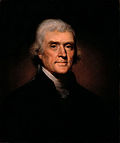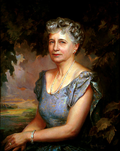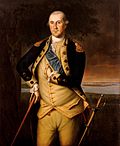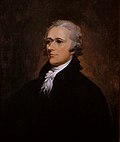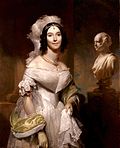
The White House's art collection, sometimes also called the White House Collection or Pride of the American Nation, [1] has grown over time from donations from descendants of the Founding Fathers to commissions by established artists. [2] It comprises paintings, sculptures, and other art forms. [3] At times, the collection grows from a president's specific request, such as when Ronald Reagan began collecting the work of naval artist Tom Freeman in 1986, a tradition that continued through the Obama years. [4]




